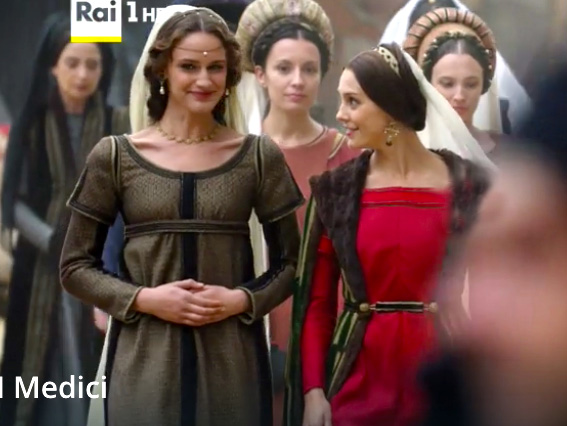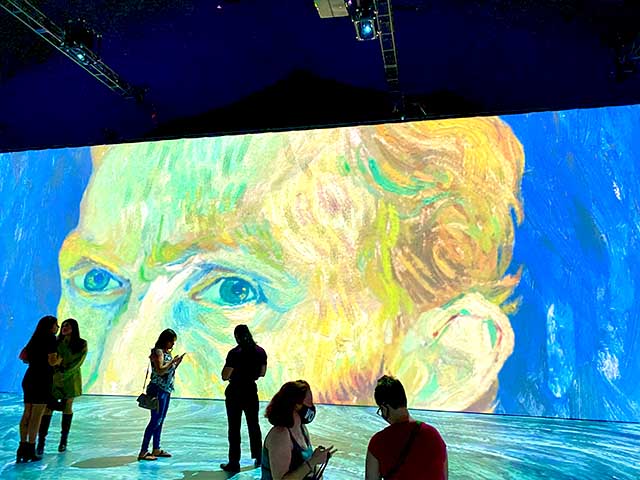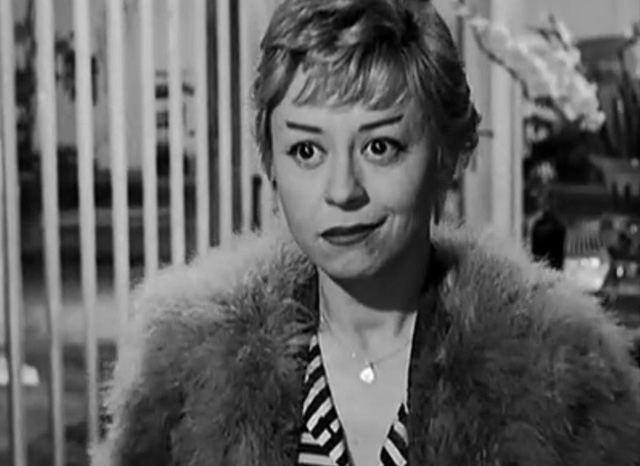
The art of the Italian Cinema Fellini-Style
Spotlight on Fellini’s “Le notti di Cabiria” (Nights of Cabiria)
Federico Fellini was a master of cinematic storytelling, capturing the complexities of human nature through poetic visuals and deeply emotional narratives. His 1957 film Le notti di Cabiria (Nights of Cabiria) is a testament to his ability to transform everyday struggles into profound artistic expressions. Through the lens of The Art of Loving Italy—a space dedicated to celebrating Italian art in all its forms, from painting to film—we dive into this masterpiece, appreciating its storytelling, its heart, and its enduring significance.
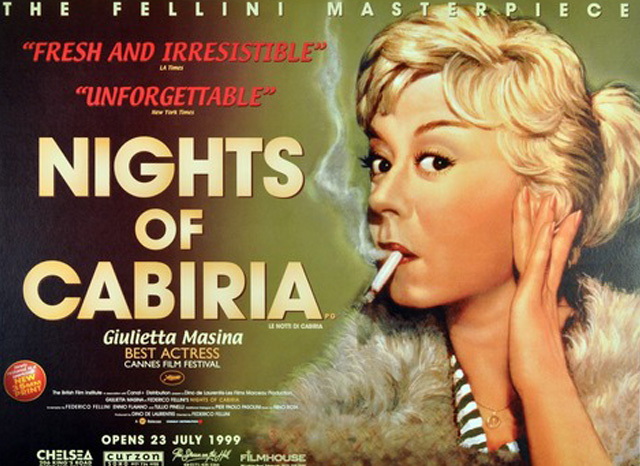
Federico Fellini and the Art of Cinema
Cinema is one of Italy’s greatest artistic contributions to the world, and Federico Fellini is one of its most iconic filmmakers. With a style that blends neorealism with dreamlike fantasy, his films capture the beauty, irony, and bittersweet nature of life. Nights of Cabiria exemplifies his ability to tell a deeply human story—one that is both heartbreaking and uplifting.
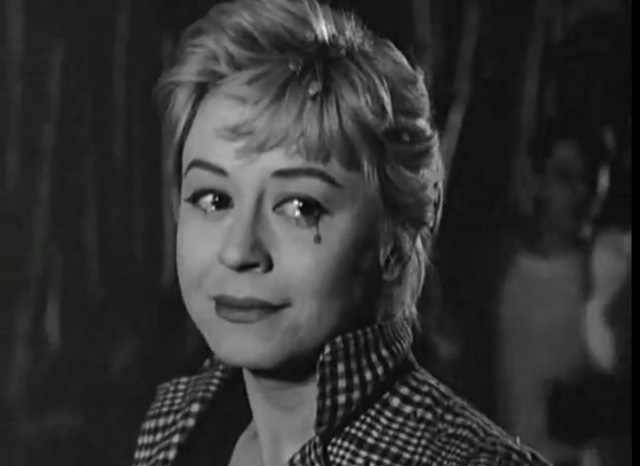
Who is Cabiria? A Portrait of Resilience
At the heart of the film is Cabiria, played brilliantly by Giulietta Masina. She is a small but fiery woman, navigating the underbelly of Rome’s streets with a mix of innocence and street-smarts. Working as a prostitute, she dreams of a better life, yearning for love and happiness. But time and again, she is deceived and betrayed—first by Giorgio, who pushes her into a river to steal her money, and later by another man who nearly takes her life for her last possessions.
Despite her suffering, Cabiria’s spirit remains unbroken. Her story is not one of tragedy, but of resilience. She stumbles, she falls, but she always finds the strength to rise again.
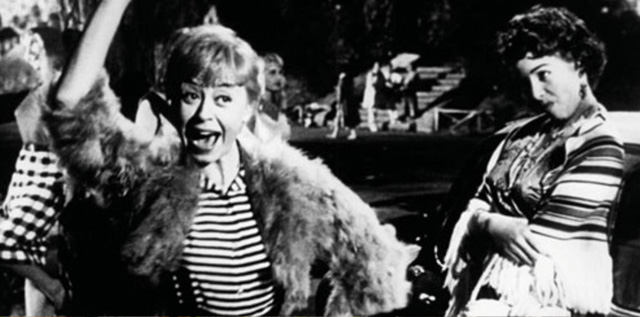
The Neorealism and Poetic Beauty of Nights of Cabiria
Fellini’s roots in Italian Neorealism are evident in this film. Shot on location with a mix of professional and amateur actors, Nights of Cabiria captures the raw reality of life on the margins of society. But beyond its realism, the film is also rich in poetic symbolism. The final scene, where Cabiria walks among young revelers, smiling through her tears, is one of the most powerful moments in cinematic history. It speaks to the indomitable nature of the human spirit—the ability to believe in love and beauty, even in the face of hardship.
Cabiria’s Legacy in Dreaming Sophia
Cabiria’s story resonates deeply in the themes of my own novel, Dreaming Sophia. In the book, I reference Cabiria in describing Sophia’s mother:
“And just like Fellini’s Cabiria, she believed that even on her worst days, if she kept going, just around the corner she would find something beautiful to cheer herself up.”
Just as Cabiria finds hope in the small joys of life, Sophia’s journey in Dreaming Sophia reflects a similar belief in perseverance, love, and the magic of art.
Why Nights of Cabiria Still Matters
Over six decades later, Nights of Cabiria remains a masterpiece. It reminds us of the power of storytelling and how cinema, like all forms of art, can capture the essence of the human experience. Cabiria teaches us that no matter how many times life knocks us down, there is always a reason to stand up again, to keep walking forward, and to embrace the dance of life.
As lovers of Italian art, culture, and storytelling, we celebrate films like Nights of Cabiria—because through them, we see reflections of ourselves, our struggles, and our hopes.

